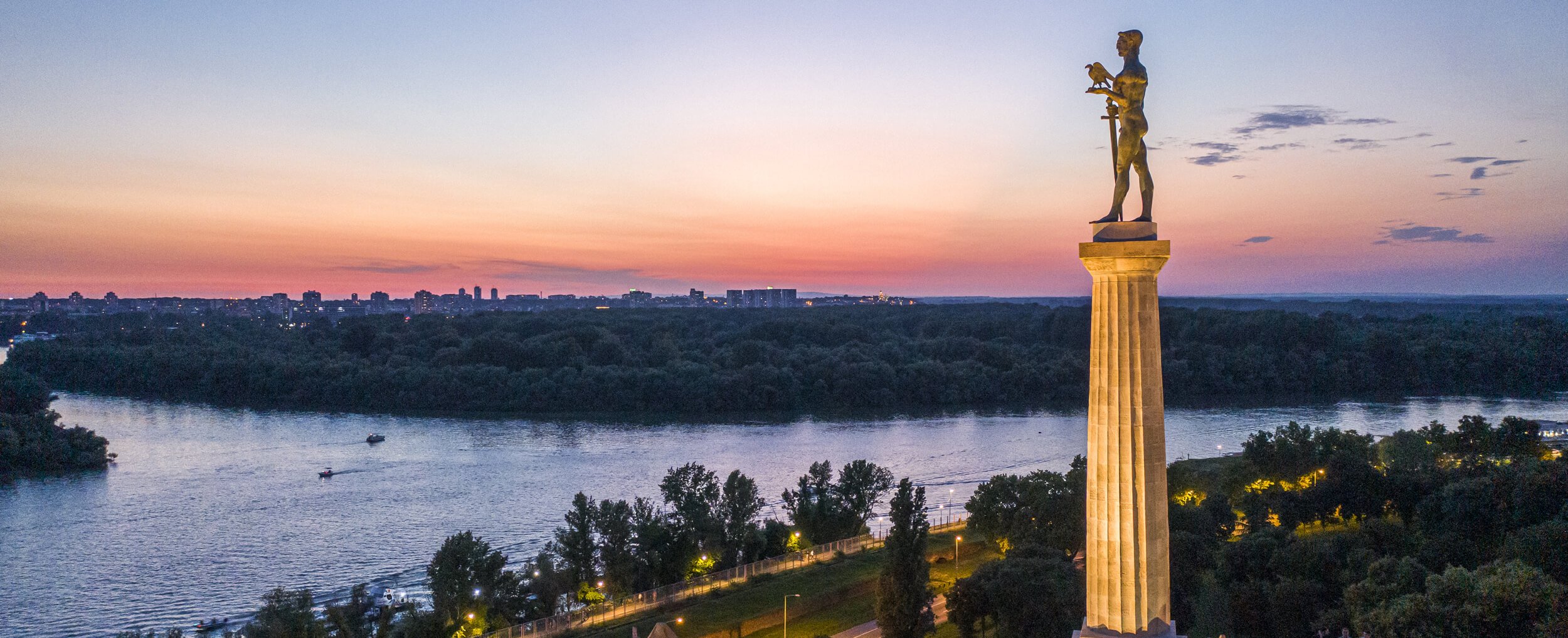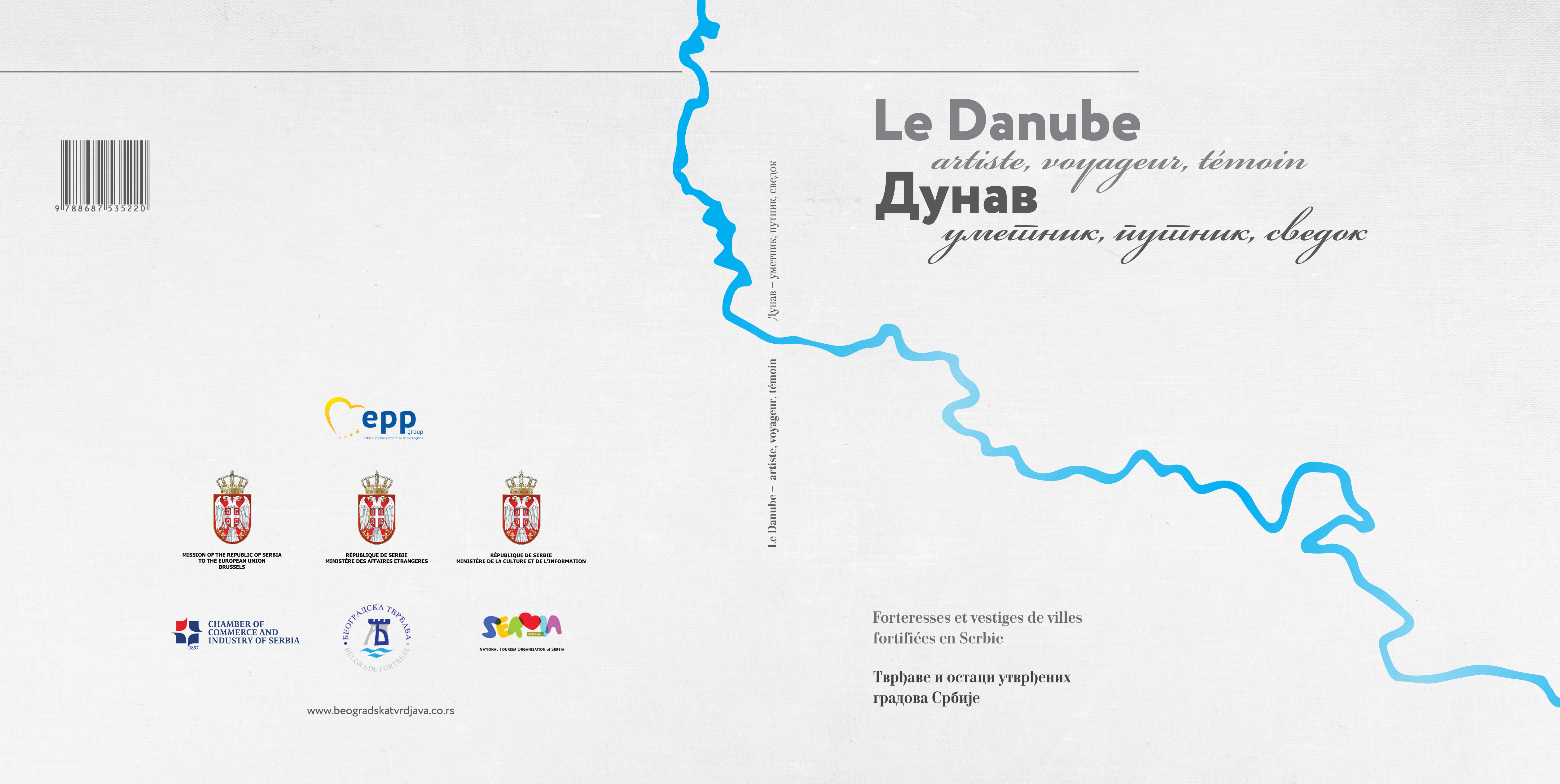Danube (Istros, Mataos, Danubius, Danube, Donau, Duna, Tuna, Dunare) – the oldest European traveler, is a wonderful and mystical river with the most names, the second largest in Europe and the only one that flows from West to East, passing through ten countries.
Napoleon called the Danube “the emperor among the rivers”, and the medieval Serbian writer Konstantin the Philosopher placed him among the four heavenly rivers of this world. As the largest navigable river in Europe, the Danube has connected and connects peoples, cultures, religions, customs, climates, myths and legends. For all the peoples who lived on its shores and for those who live there today, the Danube was and remains the source of life and existence, but also a witness to their historical destinies, wars, suffering and conquest.
The Danube thus became the inspiration for the exhibition “Danube – Artist, Traveler and Witness”. The team of authors of the Public Enterprise PE “Belgrade Fortress” told the story of the Danube through three segments, which intertwine, complement and permeate each other.
Danube – traveler and artist – tells the stories of travel writers, Frenchman Dieudonne Auguste Lancelot, who presented the Danube cities of Serbia in the 19th century. Sailing on the Danube, Dieudonne Auguste Lancelot remarkably reveals the landscapes of the then Serbia with words and pictures. The significance of his description of a ship journey is also in the fact that in it, verbally and visually, they complement each other, permeate and form one inseparable whole. This is a valuable testimony to how the European readership got acquainted with the partially known and less researched areas of 19th century Europe through travel literature. His impressions of these areas – the way of life of people on the banks of the Danube (fishermen in Apatin, for example), the appearance of settlements, Zemun and Belgrade, the historical significance of certain places, such as Petrovaradin, Smederevo, Golubac and Rama, and impressions of cultural heritage on the banks of the river, Trajan’s road and bridge – Dieudonne Auguste Lancelot deserves to be torn from oblivion and presented again to the readers of Serbia and Europe.
Danube – witness, speaks for centuries about the existence, persistence, destruction, transformation and re-emergence of seven dominant fortresses on its shores in Serbia, whose material state of architecture, revitalization procedures and accessibility can be interesting to different target groups, and we intend to make them such to potential visitors to Serbia. The exhibition presents basic data and a general picture of five cultural monuments – fortresses on the Danube: Bac, Petrovaradin, Smederevo, Ram and Kladovo (Fetislam), as well as a more detailed presentation of two cultural monuments – Belgrade and Golubac fortresses, in which the revitalization process was performed on a larger scale.


